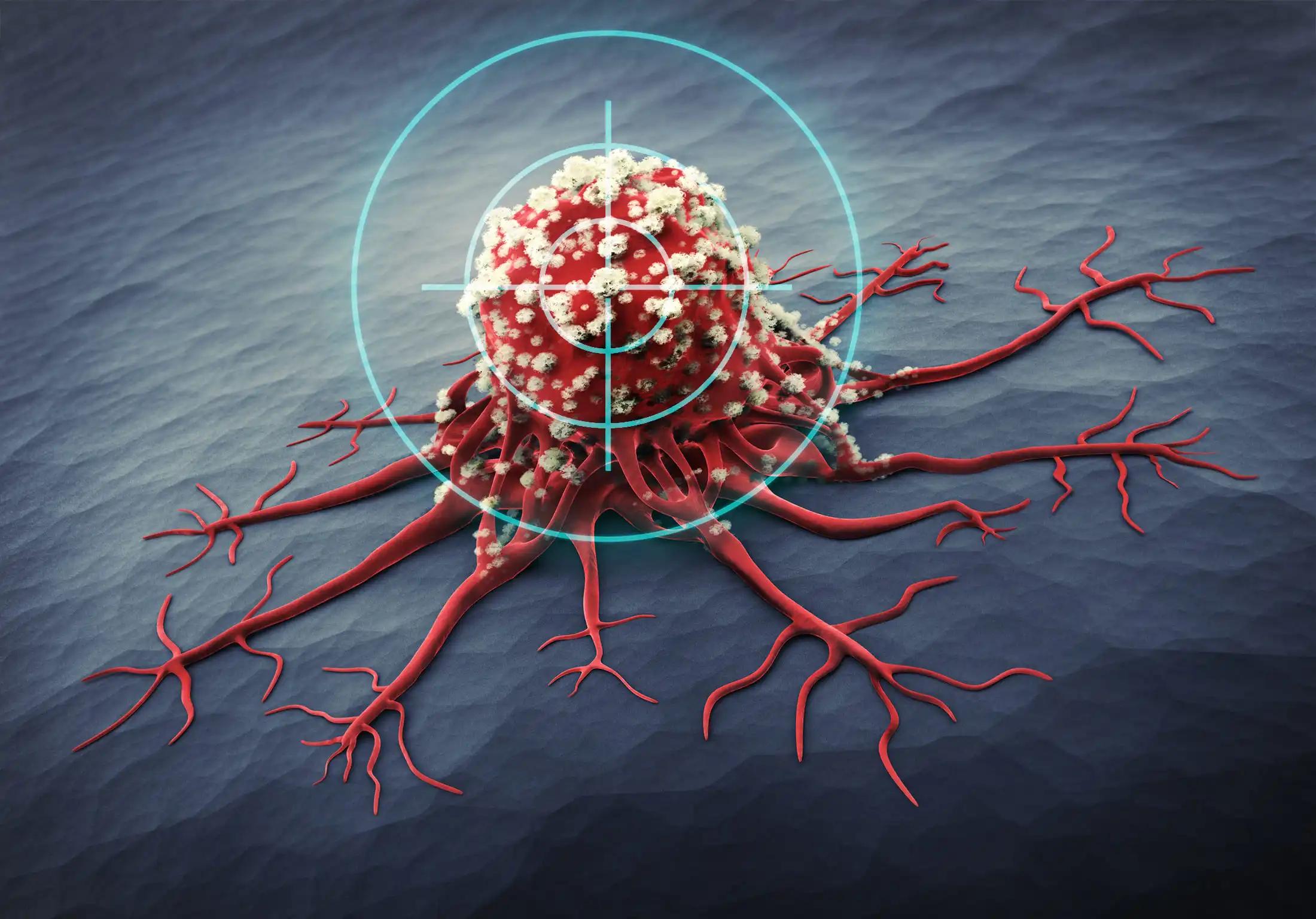KEY TAKEAWAYS
- The study aimed to investigate the role of polyamine-EIF5A hypusination in conferring resistance to BRAF inhibitors in melanoma.
- Researchers noticed the polyamine-EIF5A hypusination-mitochondrial respiration pathway plays a crucial role in BRAF inhibitor resistance in pts with melanoma.
BRAF inhibitors are widely employed in the treatment of melanoma with the BRAF V600E mutation. However, the development of resistance compromises their therapeutic efficacy. Diverse genomic and transcriptomic alterations are found in patients (pts) with BRAF inhibitor resistant melanoma, posing a pressing need for a convergent, druggable target that can reverse therapy-resistant tumors with different resistance mechanisms.
Byung-Sun Park and the team aimed to assess the role of the polyamine-EIF5A hypusination-mitochondrial respiration pathway in conferring resistance to BRAF inhibitors in melanoma.
Researchers performed an inclusive analysis using CRISPR-Cas9 screens to identify novel target genes whose inhibition selectively targets A375VR, a BRAF V600E mutant cell line with acquired resistance to vemurafenib. Various in vitro and in vivo assays, including cell competition assay, water-soluble tetrazolium (WST) assay, live-dead assay, and xenograft assay, were conducted to confirm synergistic cell death.
Liquid Chromatography-Mass Spectrometry analyses were employed to quantify polyamine biosynthesis and changes in the proteome in vemurafenib-resistant melanoma. EIF5A hypusination-dependent protein translation and subsequent changes in mitochondrial biogenesis and activity were assessed using O-propargyl-puromycin labeling assay, mitotracker, mitoSOX labeling, and seahorse assay. Bioinformatics analyses were utilized to identify the association of polyamine biosynthesis with BRAF inhibitor resistance and poor prognosis in melanoma patient cohorts.
Researchers elucidated the role of polyamine biosynthesis and its regulatory mechanisms in promoting BRAF inhibitor resistance. Leveraging CRISPR-Cas9 screens, they identified AMD1 (S-adenosylmethionine decarboxylase 1), a critical enzyme for polyamine biosynthesis, as a druggable target whose inhibition reduces vemurafenib resistance.
Metabolomic and proteomic analyses revealed that polyamine biosynthesis is upregulated in vemurafenib-resistant cancer, resulting in enhanced EIF5A hypusination, translation of mitochondrial proteins, and oxidative phosphorylation.
Sustained c-Myc levels in vemurafenib-resistant cancer were identified as responsible for elevated polyamine biosynthesis. Inhibition of polyamine biosynthesis or c-Myc reversed vemurafenib resistance both in vitro cell line models and in vivo in a xenograft model. A polyamine biosynthesis signature is associated with poor prognosis and shorter progression-free survival after BRAF/MAPK inhibitor treatment in melanoma cohorts, highlighting the clinical relevance of these findings.
The study concluded the molecular mechanisms involving the polyamine-EIF5A hypusination-mitochondrial respiration pathway confer BRAF inhibitor resistance in melanoma. These targets will serve as effective therapeutic targets that can maximize the therapeutic efficacy of existing BRAF inhibitors.
This study was funded by the National Research Foundation of Korea, Korea Institute of Science and Technology Institutional Programs, and National Research Council of Science & Technology (NST) grant by the Korean government (MSIT).
Source: https://pubmed.ncbi.nlm.nih.gov/38965534/
Park BS, Jeon H, Kim Y, et al. (2024). “Polyamine and EIF5A hypusination downstream of c-Myc confers targeted therapy resistance in BRAF mutant melanoma.” Mol Cancer. 2024 Jul 4;23(1):136. doi: 10.1186/s12943-024-02031-w. PMID: 38965534; PMCID: PMC11223307.



